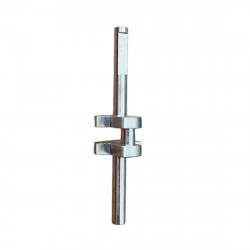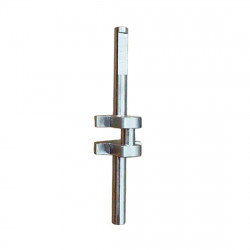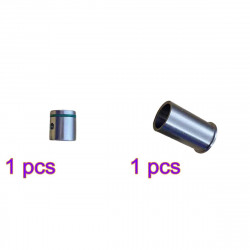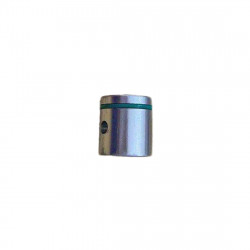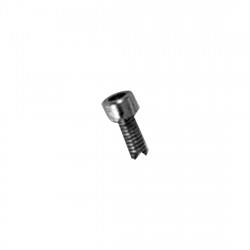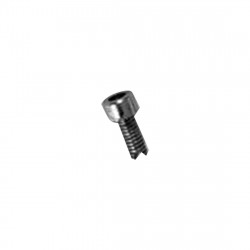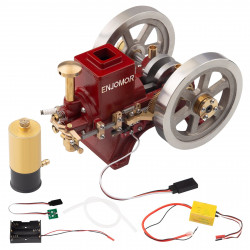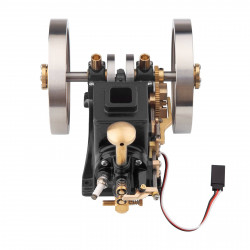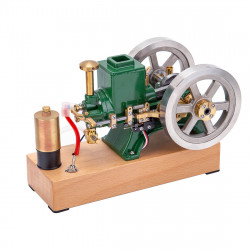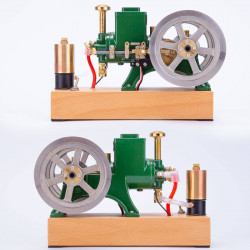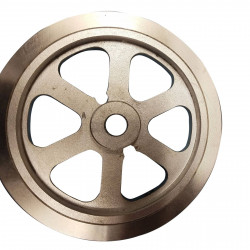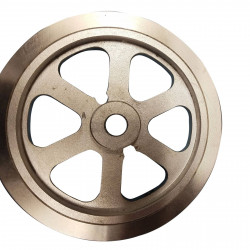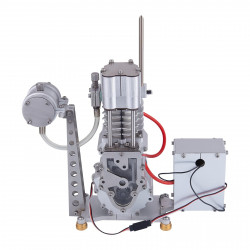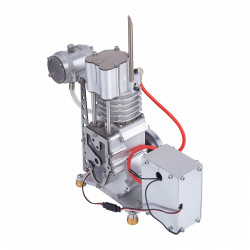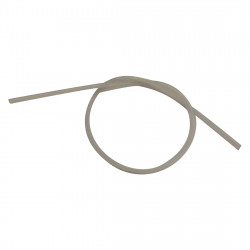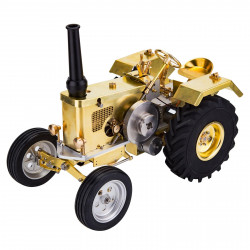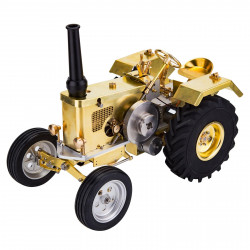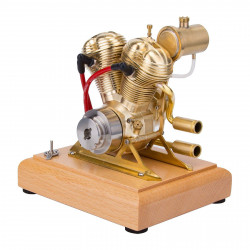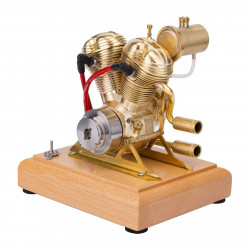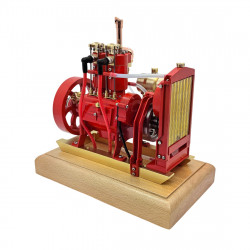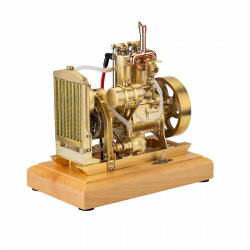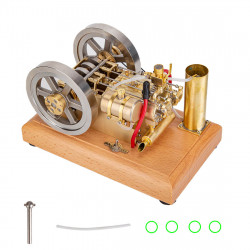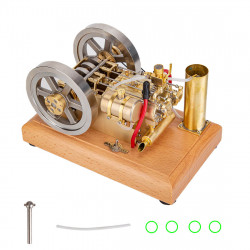What is an Internal combustion engine?
How many types of engines are there?
As everyone knows, engines fall into two primary groups: internal combustion engines and external combustion engines. We are going to discuss the previous engine today.
What is an Internal combustion engine?
The most common type of heat engine in cars, boats, ships, planes, and trains is the internal combustion engine (ICE)." It is also referred to as an IC engine. The fuel ignites with an oxidizer or air to function inside the engine's combustion chamber. It is known as an internal combustion engine for this reason.
Who Invented the Internal Combustion Engine?
Regarding the invention of the internal combustion engine, Nikolaus Otto deservesserves created the Otto cycle, a four-stroke cycle engine, in 1876. This discovery served as the model for contemporary internal combustion engines. His idea, which significantly increased engine power and efficiency by compressing the fuel mixture before ignition, is still the foundation of modern petrol engines.
Nonetheless, the contributions made by other vital inventors are not lessened by this noteworthy accomplishment. The distinct developments and insights that each contributor offered helped define the evolution of the ICE. These inventions, like Rudolf Diesel's engine and Étienne Lenoir's gas-powered engine, demonstrate a variety of creative ideas.
How Many Types of IC Engines?
IC engines come in two varieties: reciprocating and rotary. A rotor inside the engine revolves to generate power in rotary engines. A piston reciprocates inside a cylinder, as in the case of reciprocating engines. The vehicle's wheels rotate due to the piston's reciprocating action.
Reciprocating engines are utilized in cars. These are the most popular kinds of engines.
How to Classify Reciprocating Engines?
Spark ignition (SI) and compression ignition (CI) are the two categories of reciprocating engines. Because reciprocating engines are so often used, some people call them IC engines.
In SI engines, a spark produced by the spark plug in the engine's cylinder head ignites the fuel. Since gasoline or petrol is used in most SI engines, SI engines are often called gasoline or petrol engines.
In CI engines, the high pressure applied to the fuel causes it to burn. High pressure is applied to the fuel, causing it to ignite. Most CI engines use diesel, so they are also known as diesel engines.
There are two or four strokes in the SI and CI engines.
So, what does "stroke" mean in this context? And are engines with two or four strokes?
What is a Four-stroke Piston Engine?
Among the most widely used internal combustion engines are four-stroke piston engines in various vehicles, including cars, trucks, and motorcycles. These engines are specifically designed to run on gasoline. This type of engine produces one power stroke for every two piston cycles.
Note: 4-stroke internal combustion engine: 1:fuel injection, 2:ignition3:expansion, 4:exhaust.
What is a Two-stroke Piston Engine?
The two-stroke engine produces power with just two piston movements. The two-stroke engine's primary distinguishing feature—its ability to run on just two piston movements—is its simultaneous gas intake and exhaust. Together with the crankshaft, the piston is the system's valve to control the gas flow. Additionally, the fuel is combined with oil to give lubrication because it frequently comes into touch with moving parts, enabling smoother strokes.
Why the internal combustion engine is essential?
The internal combustion engine, created in the 19th century by Nicolaus Otto and other scientists, has significantly improved human life. Compared to the electricity it generates, it provides a comparatively compact and lightweight source. We still utilize them in cars since there isn't a workable or practical way to stop using them. No other power source can produce as much power in such a small package.
Fossil fuels have the highest power density of any fuel source. Fossil fuels have the fastest rate of replenishment or reloading of any fuel or energy.
What is the future of the internal combustion engine?
The days of internal combustion engines may appear numbered, given the rise of electric powertrains and harsher environmental regulations. However, a host of Engineering Explained, Jason Fenske, thinks internal combustion will continue because of emerging technologies.
Fenske is hopeful about the future of internal combustion engines. Gasoline has more energy than batteries. There are technologies available to improve their efficiency.
Homogeneous charge compression ignition (HCCI) is one option. An HCCI engine burns gasoline but ignites it with compression rather than a spark plug, much like a diesel engine. In theory, it provides the efficiency of a diesel engine without the smoke and harmful emissions. However, it requires more precise timing for ignition and regulation of intake temperature."
Pre-mix charge compression ignition (PCCI) is the next available option. Because it injects some fuel early to allow it to mix with air in the combustion chamber and then injects more fuel later, Fenske referred to it as a "middle ground" between HCCI and diesel-engine compression ignition.
This method improves control over fuel ignition. However, it can also result in leftover unburned chemicals. These chemicals are harmful to the environment. According to Fenske, PCCI engines also have a limited operating range and a high risk of knocking while operating at full power.
Reactivity-controlled compression ignition (RCCI) is the last technology. This uses two fuels: a direct-injected high-reactivity fuel (like diesel) and a port-injected low-reactivity fuel (like gasoline).
"reactivity" describes a fuel's propensity to catch fire when compressed. According to Fenske, this approach achieves significant efficiency benefits despite high emissions. Using two fuels could be too complicated, preventing it from succeeding commercially.
Car manufacturers are working on improving gasoline engines with advanced technologies like direct injection. These new engine designs may still require further development before they can be widely used.
Fenske discussed entrance ignition in a video. This technology could be used in internal combustion engines in the future. It's worth watching the video to learn more about it.
How The Internal Combustion Engine Works
Intake stroke
Pure air is the working fluid that enters the cylinder. The diesel engine's intake end pressure, pa = (0.85 ~ 0.95) p0, is higher than that of the gasoline engine because of the engine's low resistance intake system. Ta=300⁞340K is the intake end temperature lower than the engine's fuel temperature.
Compression stroke
The compression ratio of a diesel engine is more important than that of a gasoline engine. This is because a diesel engine uses clean air for compression, with a ratio of ε=16–22. By much surpassing the auto-ignition temperature of diesel (about 520 K), the pressure and temperature after compression are 3 000 to 5 000 kPa and 750 to 1 000 K, respectively.
Work stroke
Diesel is fed into the cylinder combustion chamber by a fuel injector at a high pressure of roughly 10 MPa when the compression stroke is almost over. Under the influence of a high-pressure oil pump, the diesel quickly mixes with the air and burns. The gas in the cylinder experiences a sharp increase in pressure, reaching 5,000 to 9,000 kPa, while its maximum temperature climbs to 1,800 to 2,000 K. The diesel engine is a compression ignition engine because it ignites through compression.
Exhaust stroke
A diesel engine's exhaust is mostly the same as a gasoline engine's, except for having a lower temperature. Tr=700½\900K in general.
With a single-cylinder engine, there is a lot of vibration, uneven speed, and unstable engine. This is because only one of the four strokes produces results; the other three require energy to prepare. This difficulty can only be resolved if the flywheel has a significant enough moment of inertia, increasing the engine's overall mass and size.
The usage of multi-cylinder engines can compensate for the drawbacks above. Most contemporary automobiles are powered by four-, six-, or eight-cylinder engines.
What system connects directly to the internal combustion engine?
An automobile's internal combustion engine is directly connected to the cooling system. It is in charge of controlling the engine's temperature and avoiding overheating. The cooling system dissipates heat produced by combustion by moving coolant through the radiator and engine block.
